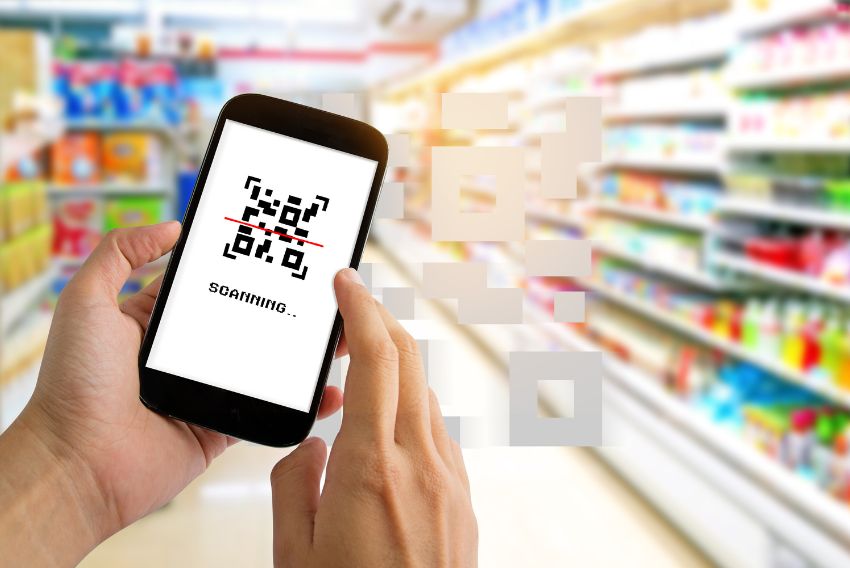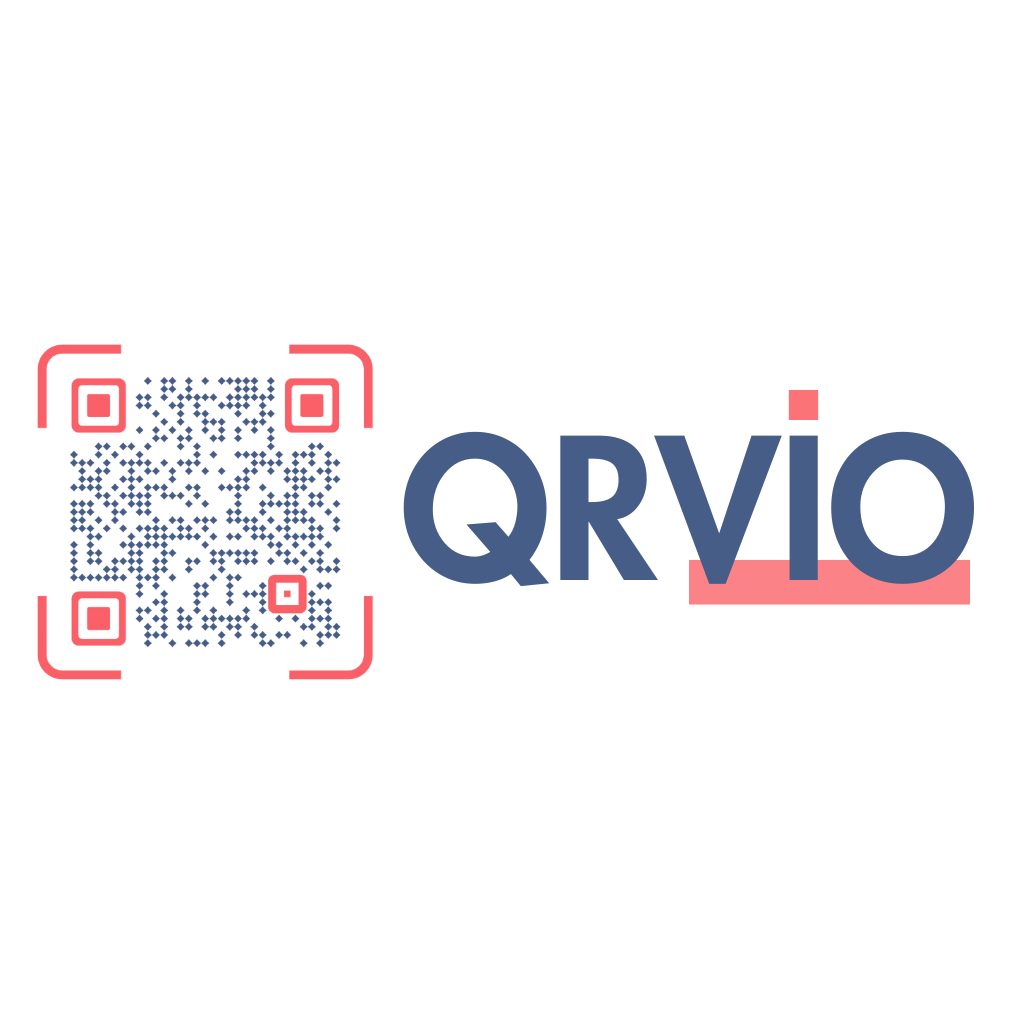QR Code for Marketing: Boost Campaigns Instantly

1. Introduction
In the fast-paced world of digital marketing, QR codes have re-emerged as a powerful tool for bridging offline and online experiences. Whether printed on packaging, flyers, menus, or screens, QR codes make it easy for customers to take instant action—visit a website, download an app, join a mailing list, or redeem a promotion. Their convenience, customizability, and trackability make them ideal for marketers looking to boost engagement and performance.
QR code for marketing is no longer a novelty—it’s a necessity. When implemented strategically, it can become a direct driver of leads, conversions, and brand awareness. This article explores how marketers can fully leverage QR codes to maximize impact across campaigns, channels, and customer touchpoints.
2. What Is a QR Code in Marketing?
2.1 Understanding QR Code Functionality
A QR (Quick Response) code is a type of matrix barcode that can store a variety of data—URLs, phone numbers, vCards, PDFs, app links, and more. Scanned with a smartphone camera or QR scanner, it immediately directs users to the intended destination.
In marketing, QR codes are used to shorten the customer journey. Instead of typing in a long URL, a customer simply scans and is instantly connected to a landing page, form, coupon, video, or social profile.
2.2 Static vs. Dynamic QR Codes
Static QR codes are fixed and unchangeable once generated. These are suitable for basic use cases like plain text or links that won’t change.
Dynamic QR codes, however, are editable even after printing. They also allow marketers to gather analytics—such as scan counts, location, device type, and time of scan—making them far more valuable for marketing performance tracking.
3. Why QR Code for Marketing Is Gaining Momentum
3.1 The Mobile-First Shift
With most consumers using smartphones as their primary digital touchpoint, mobile-friendly marketing is crucial. QR codes deliver an instant mobile bridge—letting users scan, act, and engage from their devices without delay.
3.2 Contactless Engagement
QR codes rose in popularity during the pandemic, but their benefits outlast the crisis. They offer a contactless way to engage customers, whether in-store, at events, or through print media, with no physical interaction required.
3.3 Multi-Channel Versatility
From direct mail to billboards, product packaging to receipts, QR codes can be placed almost anywhere. A well-placed QR code for marketing extends your brand’s reach across both digital and physical channels with minimal effort.
A strategic QR code for marketing bridges your offline presence with digital conversions in a seamless way.
4. Smart Ways to Use QR Codes in Your Marketing Campaign
4.1 Directing Traffic to a Landing Page
A classic and effective use of a QR code for marketing is to link it to a custom landing page—optimized for conversion. Whether it’s for a product launch, registration, or lead magnet, the QR code removes friction from access.
4.2 Promoting App Downloads
Instead of relying on users to search for your app, a QR code can take them directly to the download page on the App Store or Google Play, depending on their device. This is especially effective in print ads, packaging, or retail signage.
4.3 Expanding Your Email List
Place a QR code on your flyers or event booths that leads to a short form asking users to sign up for your newsletter. To increase sign-ups, pair this with an incentive—like a discount or exclusive access.
4.4 Sharing Social Media Links
Many brands use QR codes to grow their social presence by linking to Instagram, LinkedIn, or TikTok. Some QR code platforms even offer “Link in Bio” style landing pages where users can choose their preferred platform.
4.5 Enhancing Packaging Engagement
Product packaging is a valuable space. When used correctly, a QR code for marketing can turn ordinary packaging into an interactive brand experience. A well-placed QR code can let buyers access usage guides, recipe ideas, video tutorials, or loyalty rewards instantly—turning every purchase into an interactive experience.
5. Best Practices for Designing Marketing-Ready QR Codes
5.1 Make the Call to Action Clear
A QR code alone won’t compel someone to scan it. Always include a compelling CTA near it—like “Scan to Get 10% Off” or “Tap Here to Watch the Demo.” Clear messaging drives curiosity and action.
5.2 Customize with Branding
Generic black-and-white codes often go unnoticed. Many modern tools allow you to design QR codes using your brand colors, add a logo in the center, change the pattern shape, and apply gradients. Branded QR codes look more professional and align with your identity.
5.3 Test Before Printing
Always test your QR code on multiple devices and ensure it scans reliably before publishing it across materials. Poor contrast, improper sizing, or broken links can render your campaign ineffective.
5.4 Size and Placement Matter
The recommended minimum size for a QR code is at least 2 x 2 cm (0.8 x 0.8 inches) when printed. It should be placed in a clean, unobstructed area with sufficient quiet zone (white space) around it for better scannability.
6. QR Vio: A Powerful Tool for Marketers
One of the most efficient platforms to generate marketing-focused QR codes is QR Vio. It allows users to create both static and dynamic QR codes with full customization options and built-in analytics. You can generate codes that:
- Lead to a landing page, vCard, PDF, or custom form
- Display real-time scan tracking (date, time, location, device)
- Support branding with custom shapes, logos, and colors
- Can be updated even after printing
Marketers using QR Vio can also track data such as top countries and cities, most active times of the day, browser types, and more—making it easier to optimize future campaigns based on real engagement data.
Using QR Vio is an effective way to enhance your QR code for marketing strategy with performance metrics and customization.
7. Key Benefits of Using QR Code for Marketing
7.1 Real-Time Tracking and Analytics
Unlike static advertising, QR codes offer measurable insights. With dynamic codes, marketers can monitor:
- Total and unique scans
- Geographic locations of users
- Time and frequency of scans
- Device types and operating systems
- Conversion paths (if linked with tracking URLs or pixels)
This data enables real-time campaign optimization and allows marketers to test different placements or creatives for higher ROI.
7.2 Improved User Experience
The simplicity of scanning a QR code for marketing ensures a frictionless, user-friendly interaction that boosts satisfaction.
7.3 Better ROI from Offline Media
Print media often suffers from a lack of direct engagement metrics. By adding a QR code to posters, brochures, or packaging, you can track direct traffic sources and conversions, giving new life to traditional offline ads.
7.4 Cost-Effective and Scalable
Creating and deploying QR codes costs very little—yet the impact can be substantial. Whether you’re a small business using flyers or a global brand launching nationwide campaigns, QR codes scale affordably and efficiently.
QR code for marketing continues to prove itself as a low-cost, high-impact channel.
8. Use Cases by Industry
8.1 Retail and E-commerce
Retailers often place QR codes on product tags, packaging, or receipts. These codes can direct shoppers to product details, discount coupons, loyalty sign-ups, or review pages.
Many retailers now consider a QR code for marketing an essential tool for bridging offline purchases with digital engagement.
8.2 Restaurants and Cafés
Many food establishments use QR codes for contactless menus. But beyond that, they’re ideal for:
- Collecting feedback
- Encouraging app downloads for loyalty rewards
- Prompting Google or TripAdvisor reviews
Example: A café prints a QR code on takeaway cups, leading to an Instagram follow and a free drink promo.
8.3 Real Estate
Real estate agencies use QR codes on signs, brochures, or property sheets. Prospective buyers scan the code to access a virtual tour, schedule a viewing, or download a property brochure.
8.4 Events and Conferences
QR codes simplify ticketing, registrations, feedback forms, or app downloads during events. They can also be used for networking—via vCard codes—to exchange contact info instantly.
8.5 Health and Fitness
Gyms and wellness brands can share workout videos, booking links, or nutritional guides using QR codes on equipment, product packaging, or wall posters.
9. How to Track and Optimize QR Code Campaigns
9.1 UTM Parameters and Google Analytics
Tracking a QR code for marketing with UTM links ensures you capture full user journey data in your analytics.
9.2 A/B Testing QR Designs and Placements
Experiment with:
- QR code shapes and colors
- Different CTAs
- Placement on packaging or print ads
Monitor scan rates for each version to determine what resonates most with your audience.
9.3 Analyze Engagement by Device and Time
Using tools like QR Vio, marketers can view which hours of the day and which devices generate the most scans. This data can help you adjust your campaign timing and format accordingly.
10. Common Mistakes to Avoid
Even though QR codes are simple to implement, marketers often fall into traps that limit their effectiveness:
10.1 No Clear Call to Action
Users need a reason to scan. Phrases like “Scan to enter giveaway” or “View product video” provide purpose and increase engagement.
10.2 Linking to Non-Mobile Pages
A major issue is sending users to pages that aren’t optimized for mobile. Always test the user experience end-to-end.
10.3 Overcomplicating the Design
While branding is important, avoid distorting the QR pattern too much. Keep enough contrast, and always verify scannability.
10.4 Not Tracking Results
Failing to use dynamic QR codes or UTM links means you lose out on valuable data—making optimization impossible.
10.5 Ignoring Accessibility
Avoid placing QR codes too close to edges, on glossy surfaces, or in awkward spots where people can’t easily scan.
11. HR Convo: A Special Note for HR and Internal Marketing Teams
If you’re managing employee communication or internal branding, platforms like HR Convo offer AI-powered solutions to streamline HR documents, internal campaigns, onboarding guides, and performance policies.
For example, QR codes generated through HR Convo’s tools can link employees to training materials, internal surveys, or digital handbooks—saving time and enhancing communication.
12. Conclusion
QR codes have transcended their humble beginnings and are now powerful tools in any marketer’s toolkit. With the ability to track, customize, and deploy across channels, a QR code for marketing empowers brands to turn physical experiences into actionable, digital outcomes.
Whether you’re promoting a product, building an email list, or enhancing customer engagement, QR codes deliver measurable value—at a minimal cost. From small businesses to enterprise-level campaigns, the opportunities are limitless when QR code strategy meets smart execution.
